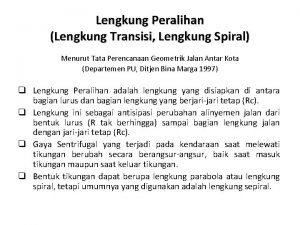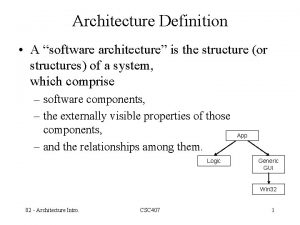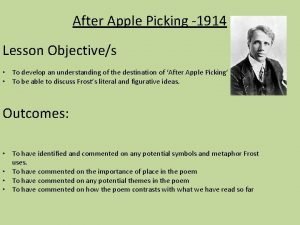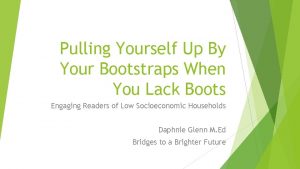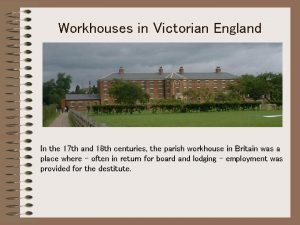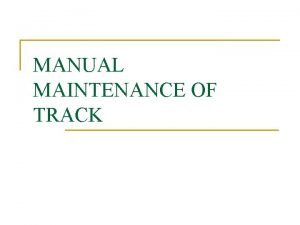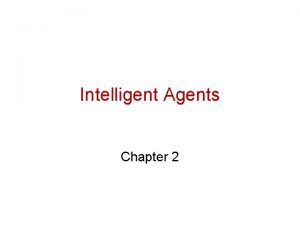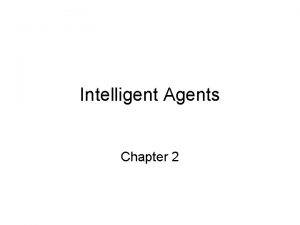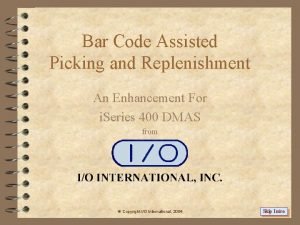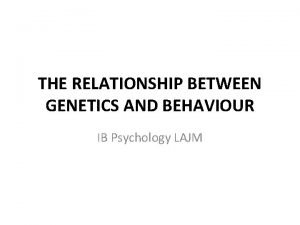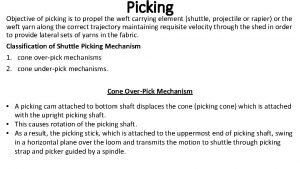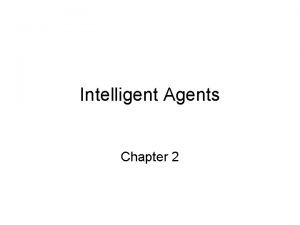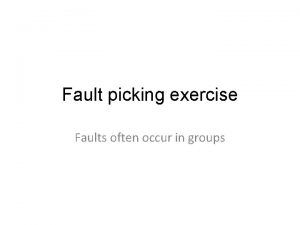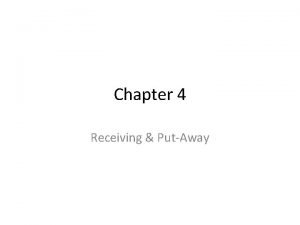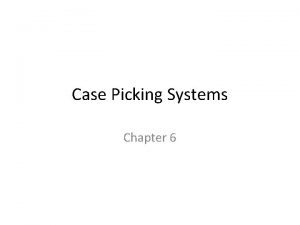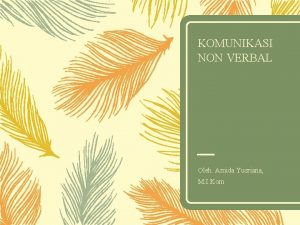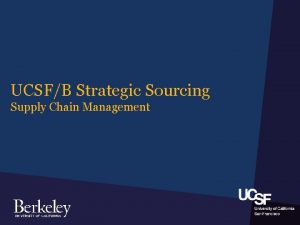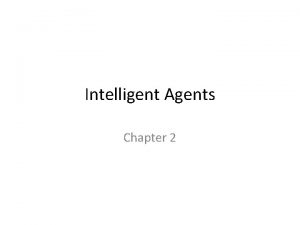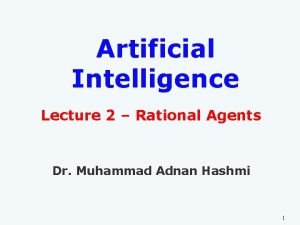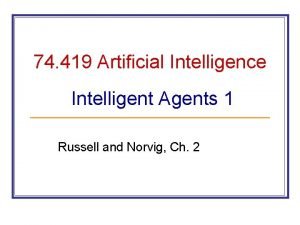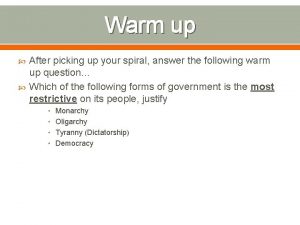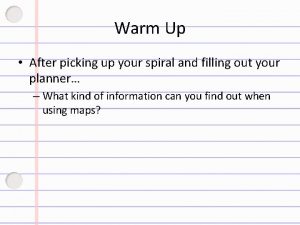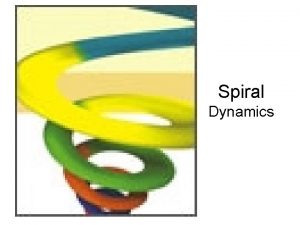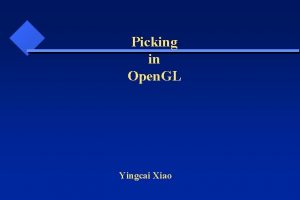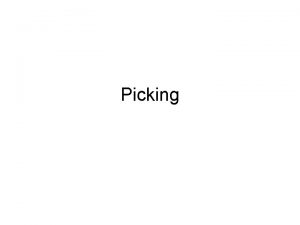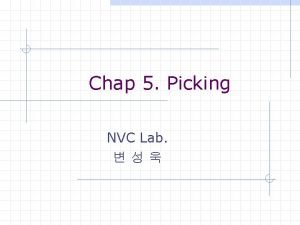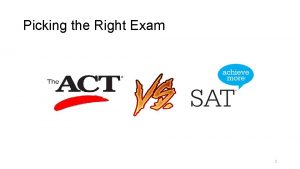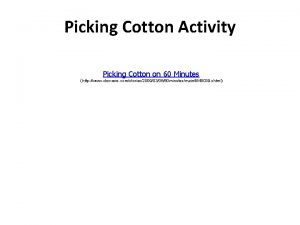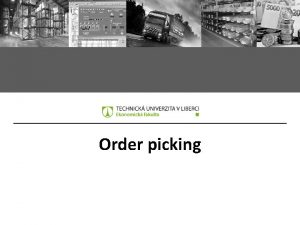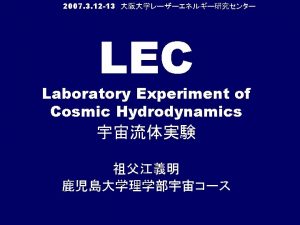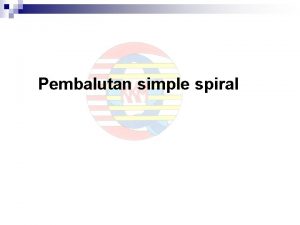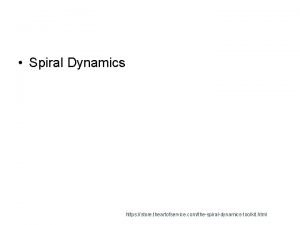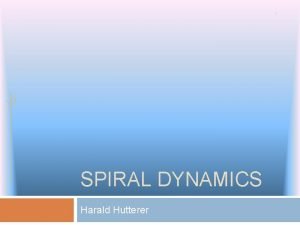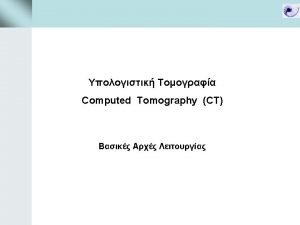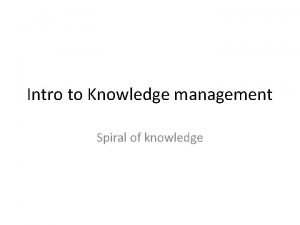Warm Up After picking up your spiral answer



































- Slides: 35

Warm Up • After picking up your spiral, answer the following question in your warm up section… • Based on the physical map and physical features map on the next slide… – where was the most ideal place to establish a civilization, justify?

Where was the most ideal place to establish a civilization, justify?

The Shang Dynasty The Zhou Dynasty The Qin Dynasty The Han Dynasty Stations

Objective • I can describe how Ancient China developed over time • The purpose is for students to be able to understand how the past has influenced the present. • Success Criteria: – Spiral Set Up – China Overview/ Geography Review – 4 major dynasties

Key Vocabulary • Emperor • Dynasty • Economy • Logograph • Philosophies • Confucianism • Daoism • Legalism • Mandate of Heaven • Feudalism • Civil Servant • Exile • Immortal • Bureaucracy • Anesthetic • Cultural Diffusion

Spiral Set Up • Label page 51 – How did the Nile Shape Ancient Egypt DBQ • Staple your DBQ on this page • Label page 52 – How did the Nile Shape Ancient Egypt DBQ Outline • Staple your DBQ outline on this page • Label page 54 – Ancient Chinese River Valley Civilization • Highlight the edges of the page pink – Essential Question: How did the physical setting contributed to the location and rise of civilizations in China?

Label page 53 Key Vocab • Write down the following word: Emperor Dynasty Economy • Philosophies • Confucianism • Daoism • Legalism • Mandate of Heaven • Feudalism • Civil Servant • Exile • Immortal • Bureaucracy • Anesthetic • Cultural Diffusion • • •

Spiral Set Up Conti… • Leave page 55 empty • Label page 56 Geography of Early China – Staple your China Geography Challenge on this page • • • Label page 58 The Xia and Shang Dynasties Label page 59 The Zhou Dynasty Label page 60 The Zhou Dynasty Philosophies Label page 61 The Qin Dynasty Label page 62 The Han Dynasty and Chinese Achievements

A Brief Overview of Chinese Dynasties CHINA OVERVIEW:

Review of the Geography of China • Larger than the United States • Climate varies – North • Temperate and cold – South • Subtropical • Erosion • Floods and droughts • Important rivers – Huang He (Yellow River) – north – Yangtze River – central China – Pearl River- coastal South • Enclosed by high mountains, hot deserts, wide oceans


Ancient History • By 4000 BCE – Village settlements along Huang He River (Yellow) – Farming, stone tools, weapons (bow and arrow), animal domestication, pottery • Circa 1500 BCE – Picture writing (oldest writing in existence) – Now circa 40, 000 characters

What are dynasties? • A dynasty is a series of rulers from the same family. • Historically, royal rule was descended from father to son. DYNASTIC CYCLE 1. Emperor comes to power and gains the Mandate of Heaven. 2. Upward rise (wealth and population increase) to peak. 3. Downward spiral (natural disasters, corruption, etc. ). 4. Emperor loses the Mandate of Heaven. 5. Civil war until a new emperor, with the Mandate of Heaven, comes to power. MANDATE OF HEAVEN – Described by philosopher Mencius (menshee-uh s) Belief that the emperor was chosen by heaven to rule.

XIA (a. k. a. Sha) DYNASTY (ca. 2070 -ca. 1600 BCE) • China’s first dynasty • Founded by Yu • Built roads and irrigation projects

Shang Dynasty (ca. 1600 -1046 BCE) • Writing began • Developed bronze, glazed pottery, and silk industries

Zhou (a. k. a. Chou, Joe, Chow) Dynasty (1045 -256 BCE) • Invaded China from the northwest • Set up a loose central government • Feudal power held by strong nobles • Philosophers – Confucius – Mencius (his follower) • men-shee-uh s

Qin (a. k. a. Chin) Dynasty (221 -206 BCE) • Military dictatorship centralized China • Emperor Shih Huang Ti (shœ hwahng tee) – Destroyed nobles’ feudal power – System of taxation – Established weights and measures – Great Wall (1500 miles)

Han Dynasty (206 -220 CE) • Conquerors • Empire – central Asia to China Sea, Indochina to Korea • Trade – Chinese fruits, silks, and spices in Rome (1 st century CE) – Buddhism came from India • Civil service system • First paper made

At each station, read the directions carefully and complete the task on the correct page of your spiral You will only get 20 minutes at each station to complete the task CHINESE DYNASTY STATIONS

Chinese Dynasty Stations • Station 1 (pg 58) Class – Xia & Shang Dynasty Reading Passage and Questions • Station 2 (pg 59) Individual – Zhou Dynasty Reading and Questions • Station 3 (pg 60) Individual – Zhou Dynasty Philosophies • Station 4 (pg 61) Individual – Qin Dynasty Reading and Filling in a Chart • Station 5 (pg 62) Group – Han Dynasty Sorting/Matching and Drawing

Complete together as a class 1. Read the Directions 2. Complete the Assigned Reading 3. Answer the questions on page 58 in your spiral STATION 1: XIA AND THE SHANG




Number 2 -9 ASSIGN GROUPS

Warm Up • After picking up your spiral, answer the following question in your warm up section… • Based on the physical map and physical features map on the next slide… – do you think that the civilization of China was isolated from other civilizations or were they open to cultural exchange and invasion from other civilizations. Why?

Do you think that the civilization of China was isolated from other civilizations or were they open to cultural exchange and invasion from other civilizations. Why?

The Shang Dynasty The Zhou Dynasty The Qin Dynasty The Han Dynasty Stations

Objective • I can describe how Ancient China developed over time • The purpose is for students to be able to understand how the past has influenced the present. • Success Criteria: – 4 major dynasty stations

Key Vocabulary • Emperor • Dynasty • Economy • Philosophies • Confucianism • Daoism • Legalism • Mandate of Heaven • Feudalism • Civil Servant • Exile • Immortal • Bureaucracy • Anesthetic • Cultural Diffusion

At each station, read the directions carefully and complete the task on the correct page of your spiral You will only get 20 minutes at each station to complete the task CHINESE DYNASTY STATIONS

Chinese Dynasty Stations • Station 1 (pg 58) – Xia & Shang Dynasty Reading Passage and Questions • Station 2 (pg 59) – Zhou Dynasty Reading and Questions • Station 3 (pg 60) – Zhou Dynasty Philosophies • Station 4 (pg 61) – Qin Dynasty Reading and Filling in a Chart • Station 5 (pg 62) – Han Dynasty Sorting/Matching and Drawing

Pick up your spiral Move to the next station from where you ended yesterday. At each station, read the directions and complete the task on the correct page of your spiral You will only get 20 minutes at each station to complete the task CHINESE DYNASTY STATIONS

Warm Up • On a separate sheet of paper, which of the statements on government do you most agree with? Why? 1. • 2. • 3. • People just try to look out for their own best interests, so government needs to be ready to harshly punish people who break the rules. Legalism- people are naturally selfish. Left to themselves, people always pursue their own self –interest. So rulers need to then set strict laws and enforce them Government should not interfere in people’s lives and allow each person find his or her own harmony with the world around them. Daoism/ Taoism- people gained happiness and peace by living in harmony or agreement, with the way of nature. That nature is full of opposites (i. e. life/ death, light/ darkness). True harmony comes from balancing the opposite forces of nature A government is only effective if it has integrity. A corrupt government will not have the respect or the support of its citizens. Confucianism- based up on roles and relationships (i. e. father/ son, friend/friend) all people must respect and obey those above them and their elders

In a short response, compare how the various dynasties (Shang, /Zhoe/ Qin/ Han) define the rights, responsibilities, and roles of citizens? PROCESSING
 Lengkung transversal adalah
Lengkung transversal adalah Definition of software architecture
Definition of software architecture After apple picking introduction
After apple picking introduction After me after me after me
After me after me after me If any man comes after me
If any man comes after me Picking yourself up by your bootstraps
Picking yourself up by your bootstraps In your notebook write three to five
In your notebook write three to five Mint street workhouse
Mint street workhouse Litter picking contracts
Litter picking contracts Picking sequence
Picking sequence Through packing in railway
Through packing in railway Peas description for medical diagnosis system
Peas description for medical diagnosis system Peas description for part-picking robot
Peas description for part-picking robot Assisted picking
Assisted picking Picking up and incorporating dna from dead bacterial cells
Picking up and incorporating dna from dead bacterial cells In her physics lab melanie rolls
In her physics lab melanie rolls Niche picking psychology
Niche picking psychology What is sley eccentricity
What is sley eccentricity Part picking robot peas
Part picking robot peas Cherry picking
Cherry picking What is the faults of picking
What is the faults of picking Discrete picking
Discrete picking What is wave planning in warehouse
What is wave planning in warehouse Putaway in warehouse
Putaway in warehouse Layer picking system
Layer picking system Blackberry-picking analysis
Blackberry-picking analysis Rat grey fungus
Rat grey fungus What is lifting tackle
What is lifting tackle Gerakan tangan cherry picking
Gerakan tangan cherry picking Strawberry picking glasgow airport
Strawberry picking glasgow airport Ucsf scm
Ucsf scm Part picking robot peas
Part picking robot peas Peas description for interactive english tutor
Peas description for interactive english tutor Simple reflex agent
Simple reflex agent The environment for “chess with clock” is
The environment for “chess with clock” is Probability of picking an ace
Probability of picking an ace
